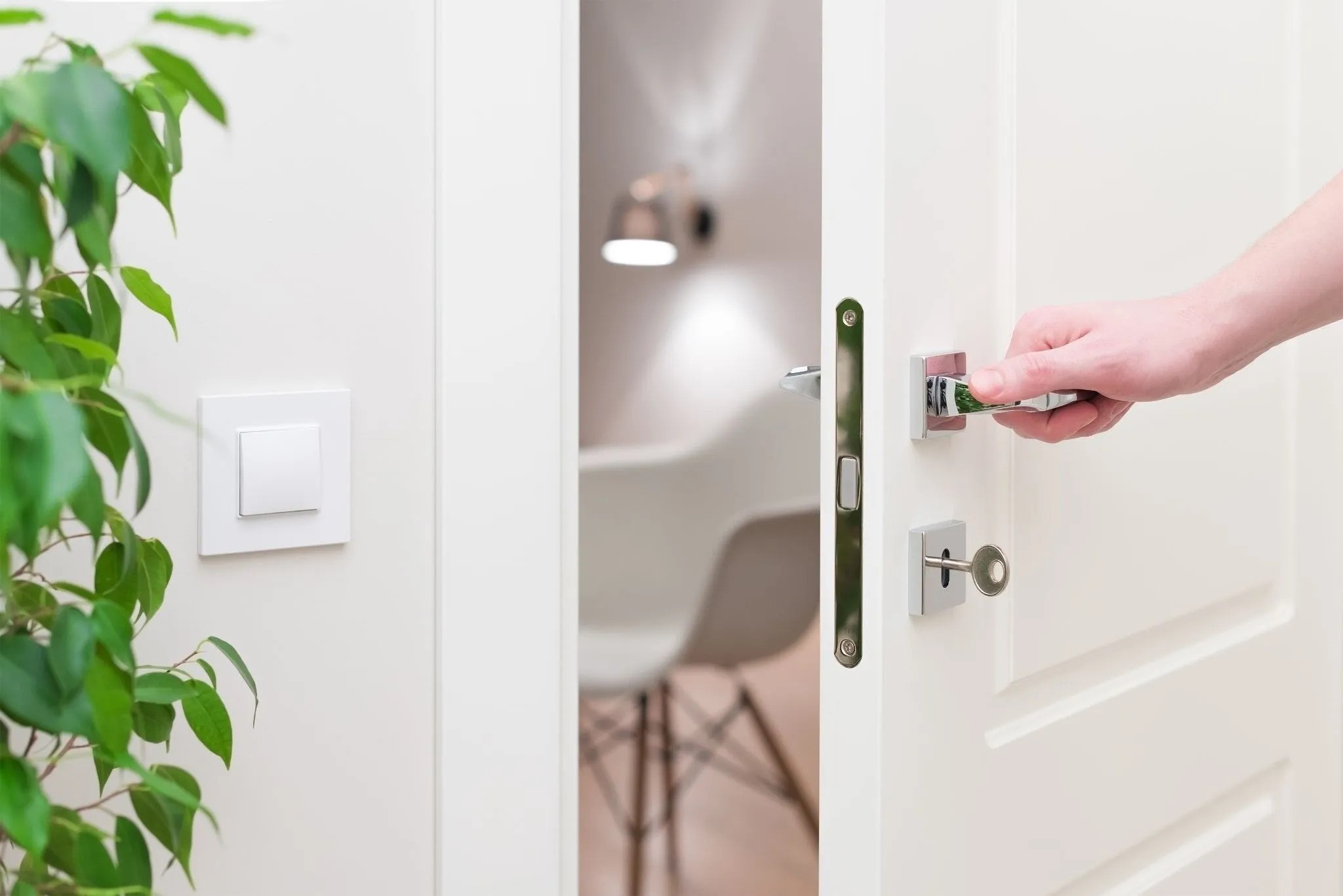Choosing the Right Door Opening Direction: A Comprehensive Guide
Selecting the perfect door for your building involves more than just aesthetics and material choice. A crucial, yet often overlooked, aspect is the optimal direction for the door to open. This decision significantly affects the door’s functionality, accessibility, safety, and its integration with the overall design of the space.
Understanding Door Swing Directions
Familiarity with door swing terminology is essential:
- Right-Hand Swing: When facing the door from inside, the handle is on the right.
- Left-Hand Swing: When facing the door from inside, the handle is on the left.
This distinction is vital for planning room layouts and ensuring the door’s swing direction enhances the space.

Interior vs. Exterior Doors
The considerations for interior and exterior doors differ:
- Interior Doors: Focus on room layout, furniture placement, and movement flow.
- Exterior Doors: Emphasize safety, weather resistance, and security, with durable materials and strong locks.
Key Factors to Consider
- Safety and Evacuation: Outward opening doors are preferred for exits in public spaces to facilitate quick evacuation.
- Space Utilization: Outward opening doors save space in small interiors but should not block walkways or violate codes.
- Weather Conditions: Outward opening doors prevent water entry in wet climates, while inward opening doors avoid slamming in windy conditions.
- Security: Outward opening exterior doors require non-removable hinge pins for security.
- Accessibility: Doors must comply with accessibility standards for ease of use by individuals with disabilities.
- Aesthetics: The door’s swing should complement the architectural and interior design, especially for glass doors affecting views.
Making the Right Choice
To determine the best door opening direction:
- Assess the Space: Evaluate the layout, size, and function of the area.
- Prioritize Safety and Security: Focus on features that enhance occupant safety and building security.
- Ensure Accessibility: Comply with regulations to meet all users’ needs.
- Account for Environmental Conditions: Consider local weather’s impact on door functionality.
- Harmonize with Aesthetics: Choose a direction that aligns with the room’s design and practical needs.
Conclusion
Selecting the correct door opening direction is crucial for the door’s practicality, safety, accessibility, and aesthetic harmony within the space. By considering the outlined factors and steps, you can make a decision that satisfies immediate needs and broader considerations, improving the experience for all users.



